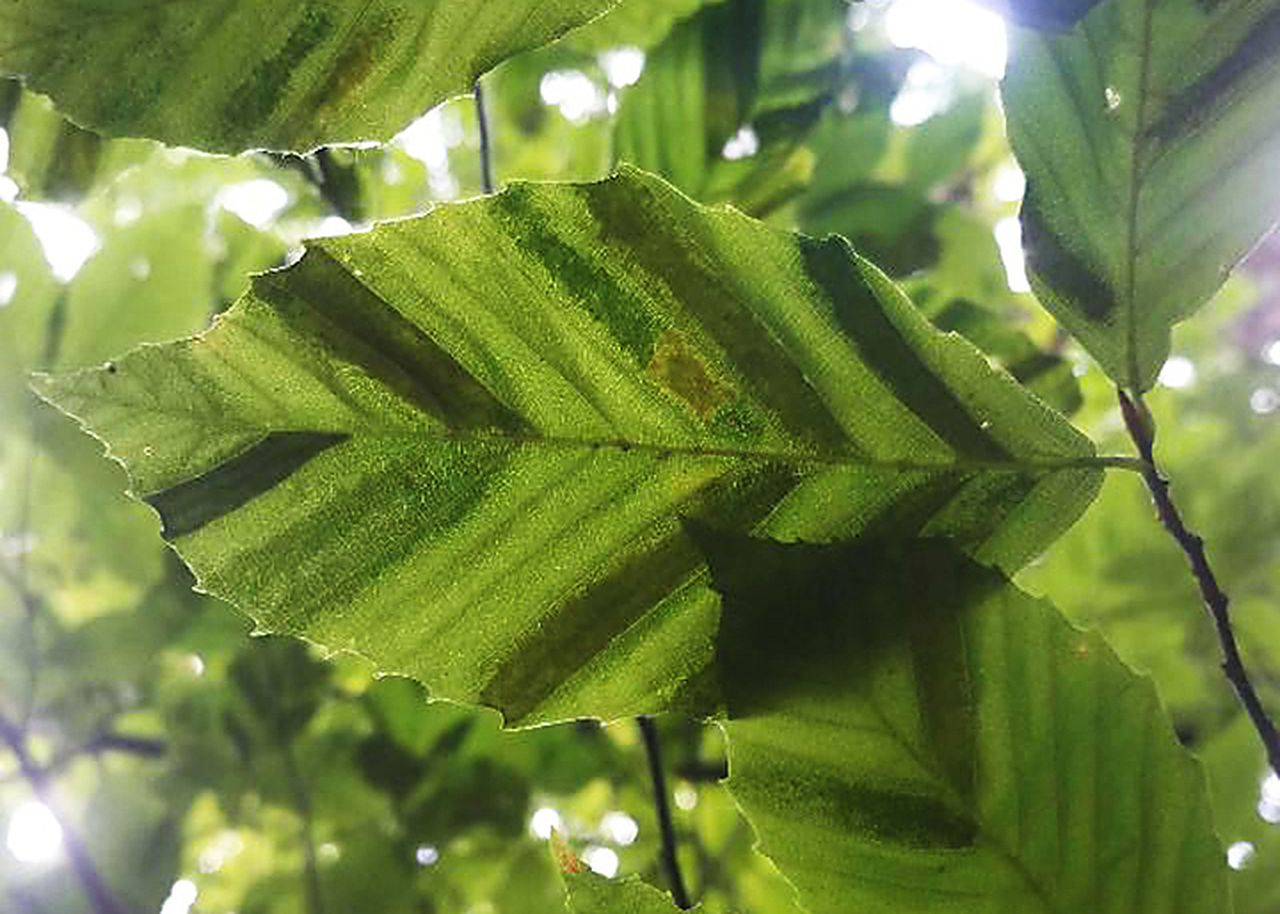
article on the importance of using safe and effective pest control measures in gardening.
Gardening is a wonderful and fulfilling hobby that allows individuals to create beautiful outdoor spaces, grow their own food, and enjoy the benefits of nature. However, gardening also comes with challenges, such as pests that can damage or destroy plants. While it can be tempting to use powerful insecticides to quickly eradicate garden pests, it is important to understand the potential risks and to choose safe and effective pest control measures.
The use of insecticides and other pesticides has become increasingly controversial in recent years due to concerns about their impact on human health and the environment. Many pesticides contain toxic chemicals that can be harmful to humans, animals, and wildlife when they are not used properly. Additionally, overuse of pesticides can lead to the development of pesticide-resistant pests, which can make it even harder to control infestations over time.
When it comes to gardening, it is important to choose pest control measures that are safe for the plants, the environment, and the people and animals that may come into contact with them. This means avoiding the use of broad-spectrum insecticides that can harm beneficial insects like bees and butterflies, which are essential for pollination. It also means choosing products that are specifically designed to target the pest that is causing the problem, rather than applying a general insecticide that will kill everything in its path.

There are many safe and effective pest control measures that gardeners can use to protect their plants from pests. One of the most popular is the use of natural predators and beneficial insects, such as ladybugs and lacewings, which will eat the pests that are munching on garden plants. Another option is to use insecticidal soaps, which are made from natural, non-toxic ingredients and work by suffocating insects like aphids, spider mites, and whiteflies.
For more serious infestations, gardeners may need to use stronger measures, such as biological controls or targeted chemicals. However, it is important to choose products that are specifically designed for the pest in question and to follow the instructions carefully to avoid any negative impacts on the environment or other species.
In addition to choosing safe and effective pest control measures, it is also important for gardeners to take steps to prevent infestations in the first place. This includes planting a diverse range of plants that will attract beneficial insects and create a healthy ecosystem, as well as maintaining good plant hygiene by removing dead and dying plant material and cleaning up fallen leaves and debris.
Ultimately, the key to successful pest control in gardening is to approach it with a sustainable and integrated mindset. By using safe and effective pest control measures, planting a diverse range of plants, and maintaining good plant hygiene, gardeners can create healthy and vibrant outdoor spaces that benefit both people and the environment.